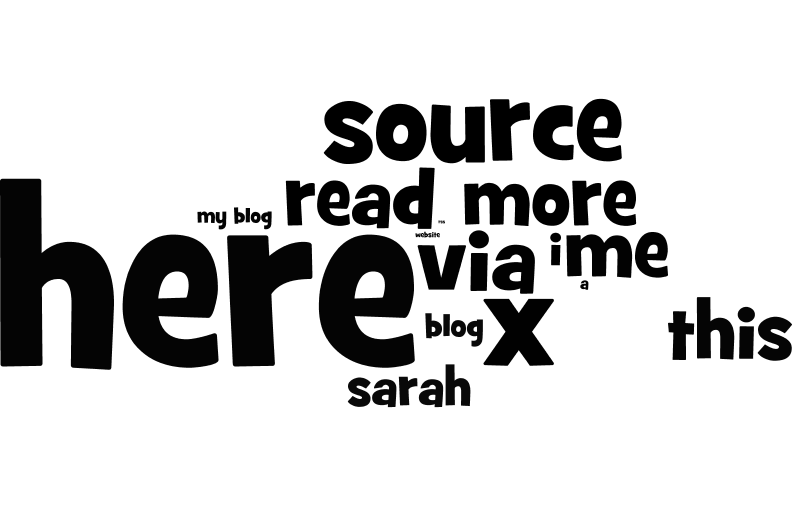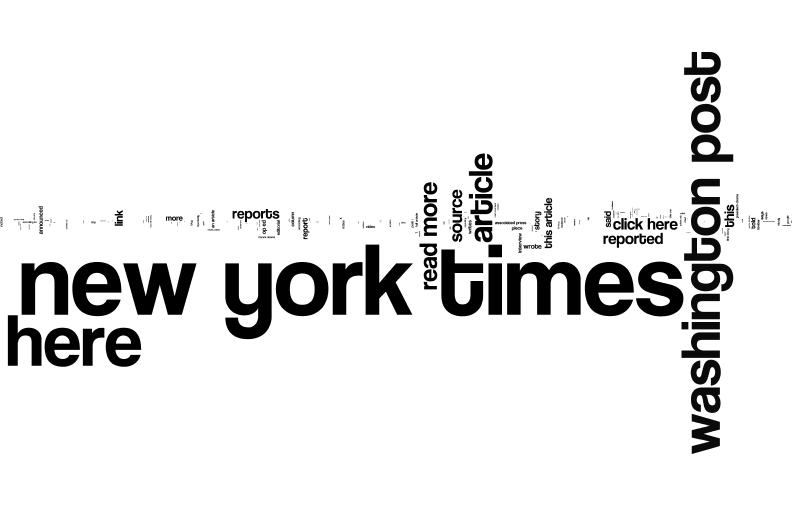Anchor Text Analysis Tool
Our backlink anchor text analyser is an advanced SEO tool for professionals who need to manage backlink profile anchor text and create link building strategies with high added value.
Take advantage of our free trial to analyse anchor text from your backlink profile and those of your competitors with The Majestic Site Explorer.
Anchor Text (Link Text) is important for the User
Although search engines frown upon link building, they acknowledge the importance of backlinks, provide development documentation guidelines, and suggest best practices for creating an effective backlink. Search Engines encourage webmasters to make backlinks accessible, scannable and descriptive. A key element in writing optimal anchor text is to provide context to anticipate the topic of the web page being linked to.
Write concise self-descriptive anchor text
Anchor Text is Important for SEO and Digital Marketing
While link building is an essential part of website optimisation that can help you rank in the search engines, anchor text can provide an additional boost with the right reputation and context.
It is a recommended best practice to write a concise description for your backlink anchor text. In alternative, use the title or heading of the target page.
Another best practice is related to how link text is written. In the best practices guide for link text, Google underlines the importance of context by stating that it is a best practice to write:
- Complete and descriptive sentences when referring the reader to another topic;
- Unique and descriptive anchor text that makes complete sense on its own.
This particular attention to meaningful anchor text clearly signals its importance and how extra effort is appreciated and will almost certainly be rewarded.
Why Anchor Text Should Be Meaningful
Backlink anchor text is crucial for SEO because it provides reputation and context.
Reputation
The words we use and how we use them can anticipate the target page's topic. For example, Backlink Checker anticipates, without a doubt, that the destination page is about The Majestic Backlink Checker.
TIP: the link title attribute is a great way to provide additional information and context about the target website.
Context
The context of a backlink is fundamental and one of the biggest challenges for modern search engines. Communication between people is complicated to code into an algorithm. Here are some of the issues search engines face:
- Context is the combination of meaning and underlying intent. For example, punctuation can be a signal and provide indications of the tone and intention of a transcript or an article.
- Knowing what words mean when strung together is not only natural but also expected in a conversation: we perfectly understand how the context of a conversation changes, even by simply changing the specific order of words.
Consequently, search engines:
- Process natural language to understand the way we think and speak;
- Use context to move from knowing words to understanding meaning.
Relevant, Clear Anchor Text Helps Search Engines Understand What We Mean
The list in the previous paragraph is a summary of the many challenges in search technology. Backlink anchor text can greatly help disambiguate (eliminate ambiguity and reduce uncertainty) and confer reputation. However, we know that even a high-quality backlink from a page on a trustworthy site will fall short of expectations with a generic "click here" or a naked link.
The Different Types of Anchor Text
The Anchor Text section of Site Explorer offers data for in-depth analysis of anchor text from backlinks pointing to a domain or URL. Segmenting this data can verify the mix between generic text, keyword-related terms, naked links and brand mentions.
Let's look at some examples for each of these categories.
Generic Anchor Text
You'll most likely find an abundance of generic text in the backlinks of most backlink profiles. Generic link text can be words or phrases such as "website", "more info", "pdf", and so on. Because we are attracted to elements which stand out, text in a different colour is an opportunity to place a call to action. In fact, you'll often find anchors like "click here", "download now", "read more", or "learn more". Generic anchor text provides little to no information making it extremely difficult to understand what the user will find on the destination page after clicking. These anchors have no topical relevance with little direct benefit in most cases. Because this occurs frequently, search engines may associate these links with organic, editorial placement and pass link equity. Unfortunately, such backlinks fail to create the contextual relationship so far described and, therefore, will fall short of providing all the benefits which may come with an authoritative backlink.
Naked Links
A naked link is one where the author has decided to offer a backlink to a website citing its URL directly - for example:
<a href="https://www.example.com">https://www.example.com</a>
This backlink can point to valuable resources on the website. How do search engines treat these links? It's just a URL that is linked without link text. Search engines could attempt an evaluation based on the context of the backlink.
Image Links
Image links also contribute to backlink anchor text via the ALT Tag attribute. It is a best practice to use ALT Tags to describe images for visually impaired readers and search engines to convey a concise and accurate description of the image. This is something to keep in mind when optimising images for SEO.
Brand Links
Brand backlinks use the brand or part of it, anticipating the corporation, company or institution.
Keyword Related Links
Keyword-related link text contains complete keywords (or "exact-match") or partial-matching keywords found on a page. Keyword anchors are a strong signal and confer accurate meaning and reputation to the linked resource. For example, if we consider a page centred around link building and backlinks, an exact-match keyword would be link building. A partial match anchor could be anything centred around this topic - for example, topical link building. Keyword-rich anchor text can be powerful and boost rankings for specific search terms. However, exact matches should not represent a "significant" percentage of keyword-driven anchors because search engines can identify and neutralise unnatural backlinks.
Visualisation of Backlink Anchor Text Profiles
Research has proven the potential of word clouds as an effective investigation tool. In fact, we find it difficult to process and interpret rows of spreadsheet data and "connect the dots" to build a bigger, more strategic picture. This is also true for anchor text in backlinks, and a similar challenge and opportunity to better understand the data with word clouds. As an example, let's consider eBay.com:

The eBay root domain word cloud is vast. Of course, you can easily recognise the brand and the long tail of words and phrases. Now let's take a look at a specific page - For example, the My Garage Page:

Visualising link text in a word cloud is extremely helpful in understanding what a search engine algorithm "thinks" of your backlink profile. Our Anchor text analysis solves this problem by generating word clouds for single words or phrases and offers a handy "clean anchor text" option that removes punctuation.
Analyse Hubs
Another interesting and more advanced application of this section of Site Explorer is the creation of a word cloud derived from hubs of websites. For any given set of websites, you can determine:
- the percentage of common anchor text;
- phrases which are associated with different market segments.
With Site Explorer, the answer is at your fingertips. This example describes how you can download all the data in minutes with a few calls to the Majestic API.
To analyse these backlink profiles and investigate their relationships, you can call the Majestic API command GetAnchorText which returns 250 anchor phrases in a backlink profile for a given domain, subdomain or URL, with an option to filter the results by a keyword. Then, after identifying common link text across backlink profiles, you can process the data to create a word cloud.
Let's see the results for the four most used blogging platforms: blogger.com, tumblr.com, wordpress.org livejournal.com

When we performed this analysis, the results were "kind of bloggy" and rather dull, like "Read more via my blog here" or who is Sarah?? Here the point is that given such a huge diversity of content on all of these blogging sites, it is improbable that we will find significant numbers of correlating anchor phrases in the top 250 matches for each website.
In the following example, we reviewed major German car manufacturers, a more specific market segment closer to your work as an SEO or Link Builder: Audi, BMW, Mercedez Benz, and Volkswagen.

We thought it would be interesting for digital marketers to see a word cloud using the backlink data from major new papers: The Wall Street Journal, the New York Times, Huffington Post and the Washington Post. For the UK, we have the Guardian, the Telegraph, the Times, and the Independent:


Manage your Backlink Profile Anchor Text with The Majestic Site Explorer
Backlink profile link text makes a difference and can give you a competitive advantage in ranking on the search engines. Site Explorer provides accurate and reliable data to analyse your backlink profile and inspire your link building strategy. With Site Explorer, you can develop better backlinks and find more data-driven link building opportunities to match your SEO and digital marketing needs.
Free SEO Tools - Site Explorer Backlink Profile Data
Majestic provide free SEO Tools, backlink profile data with Site Explorer. You can access a changing example of free backlink profile data on Site Explorer without signup or validation. We've made this easy to access - just press the orange search icon on the homepage.
The SEO Tools in Site Explorer have a low price of entry, included on the Lite plan at just $49.99 per month. For more details of the subscriptions on offer, please visit our plans and pricing page to view without commitment.
* Access to some SEO tools or resources on Majestic.com are dependent on plan and resources.Could we improve this page for you? Please tell us